Racial disparities still exist
“The Hate U Give” Inspires Teens To Fight For Change
Junior Jahlea Douglas is co Editor-in-chief and has been a part of staff for three years.
January 25, 2019
#1 New York Times Bestseller and now a major motion picture from the Twentieth Century Fox; “The Hate U Give” by Angela Thomas is an eye-opening book and movie that tackles the controversial issues of racial disparity and police brutality.
The main character, Starr Carter, and her friend, Khalil, are on their way home from a party when they are pulled over by a cop.
Knowing that they are being targeted because they are black, Starr and Khalil are cooperative but question the officer about why they are pulled over. Then with one sudden, innocent move, Khalil is shot dead by the officer and Starr is the only witness.
Khalil’s murder was a painful thing for me to see and read; an innocent boy getting shot because he was thought to have a weapon. While this story is one of fiction, “The Hate U Give” reflects the racial disparities that are so very real to our time.
To make matters worse, Khalil’s death was plastered all over every news outlet characterizing him as a suspected drug dealer—as if it was acceptable that he was murdered because he was a drug dealer.
Through “The Hate U Give,” Thomas is making a statement about society. She wants readers to realize that little kids are witnessing this toxic energy—the hate, the violence, and the racism— that our society is projecting. If this continues, our next generation is going to be the same exact way.
Another big takeaway is the barrier that exists between two racial communities.
An essential moment in “The Hate U Give” is when Starr’s white boyfriend, Chris, finds out that the boy who was shot was Starr’s friend. He tells her that he doesn’t see color, meaning he sees everyone the same. If you don’t see color, then you don’t see me. — Starr Carter, The Hate U Give
Yes, you do not “see” color, but often race is what shapes a person because it is the experiences that they have either dealt with or even endured because of the color of their skin that defines them.
Through Starr’s character, “The Hate U Give” also illustrates that there is a whole community of teens who feel they have to act in a certain manner to avoid being labeled or discriminated against because of their race.
Starr experiences this through her home and school life. Living in Garden Heights which is considered the “ghetto,” she travels 45 minutes to attend Williamson Prep. Being her true self is never an option at school because with it being a predominately white school, she fears doing anything that might give her peers the opportunity to label her as “ghetto.”
“The Hate U Give,” has transformed the way I see the world. We have a serious issue going on. Police brutality is happening way too often: we cannot allow these issues to become the new normal. But more importantly, we need to address the racial disparities.
Police are supposed to be the ones that all people can go to for safety, but Thomas illustrates that there is a whole community of people who fear that at any moment they could make the wrong move and it could cost them their life.
How can people be expected to be lawful citizens when they are being discriminated against? Why should anyone have to fear that they will be unfairly treated because of the color of their skin?
The views in this article do not necessarily reflect the views of the GENESIS staff. Email Jahlea Douglas at [email protected] .







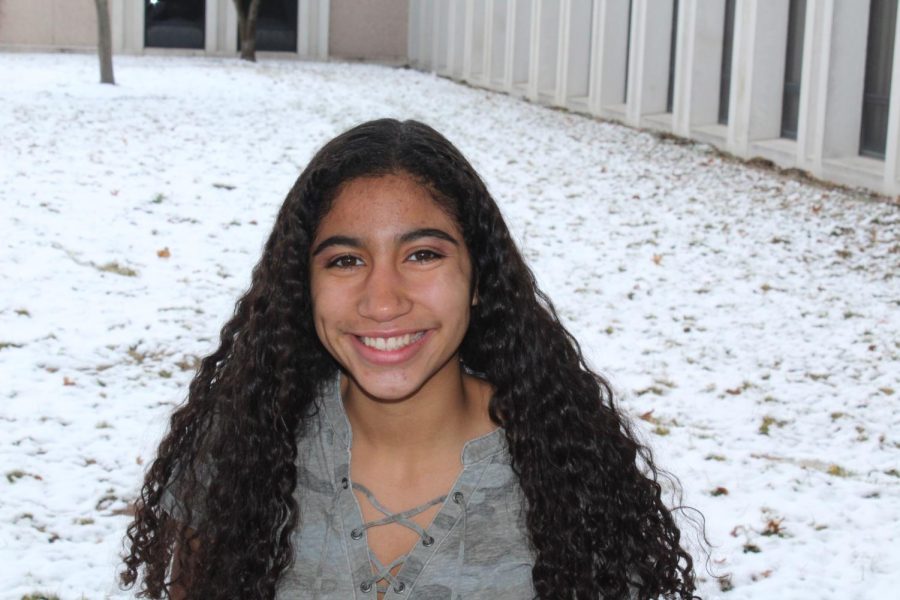
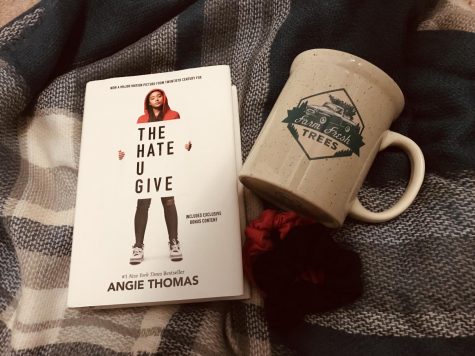




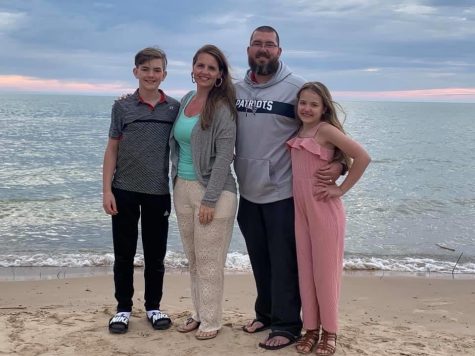
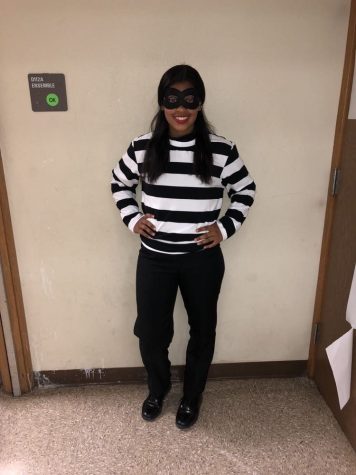
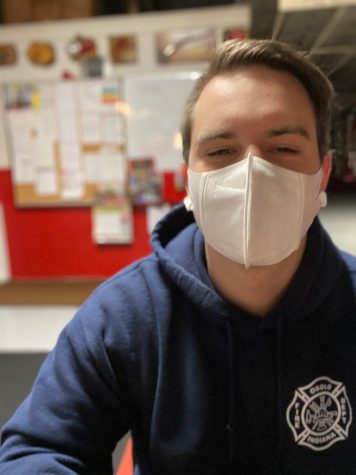

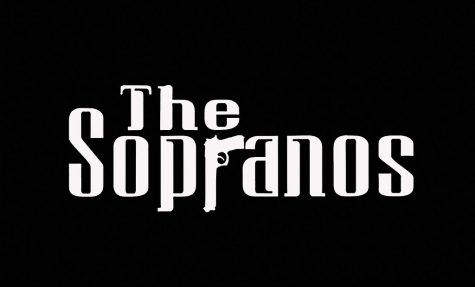
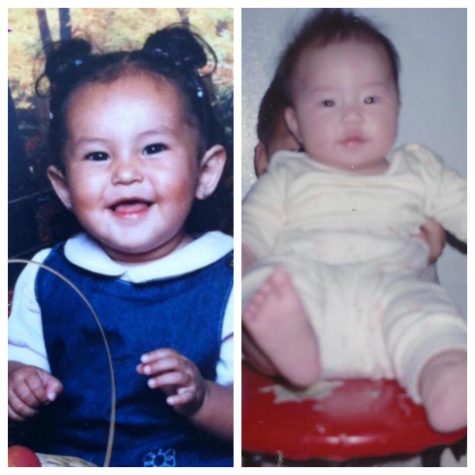
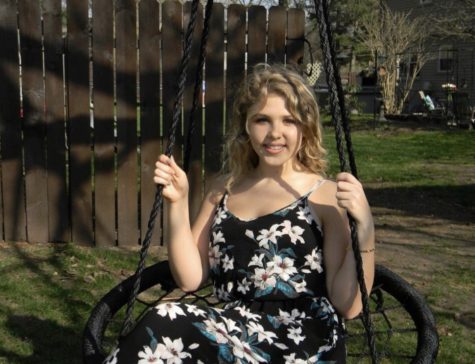

Eric Ivory • Feb 5, 2019 at 8:37 am
Jahlea, I admire your bravery to initiate a dialogue addressing the disparities that exist within our culture. Conversations of this magnitude can be difficult to have however, they are extremely necessary. Thank you for your efforts and willingness to be part of a narrative which seeks to promote inclusivity rather than division. Very proud of you.
Love,
Dad
Mom • Feb 5, 2019 at 7:23 am
So proud of you for writing on tough subjects. Continue to keep the conversation going by being a positive example and encouragement to others.
Love,
Mom